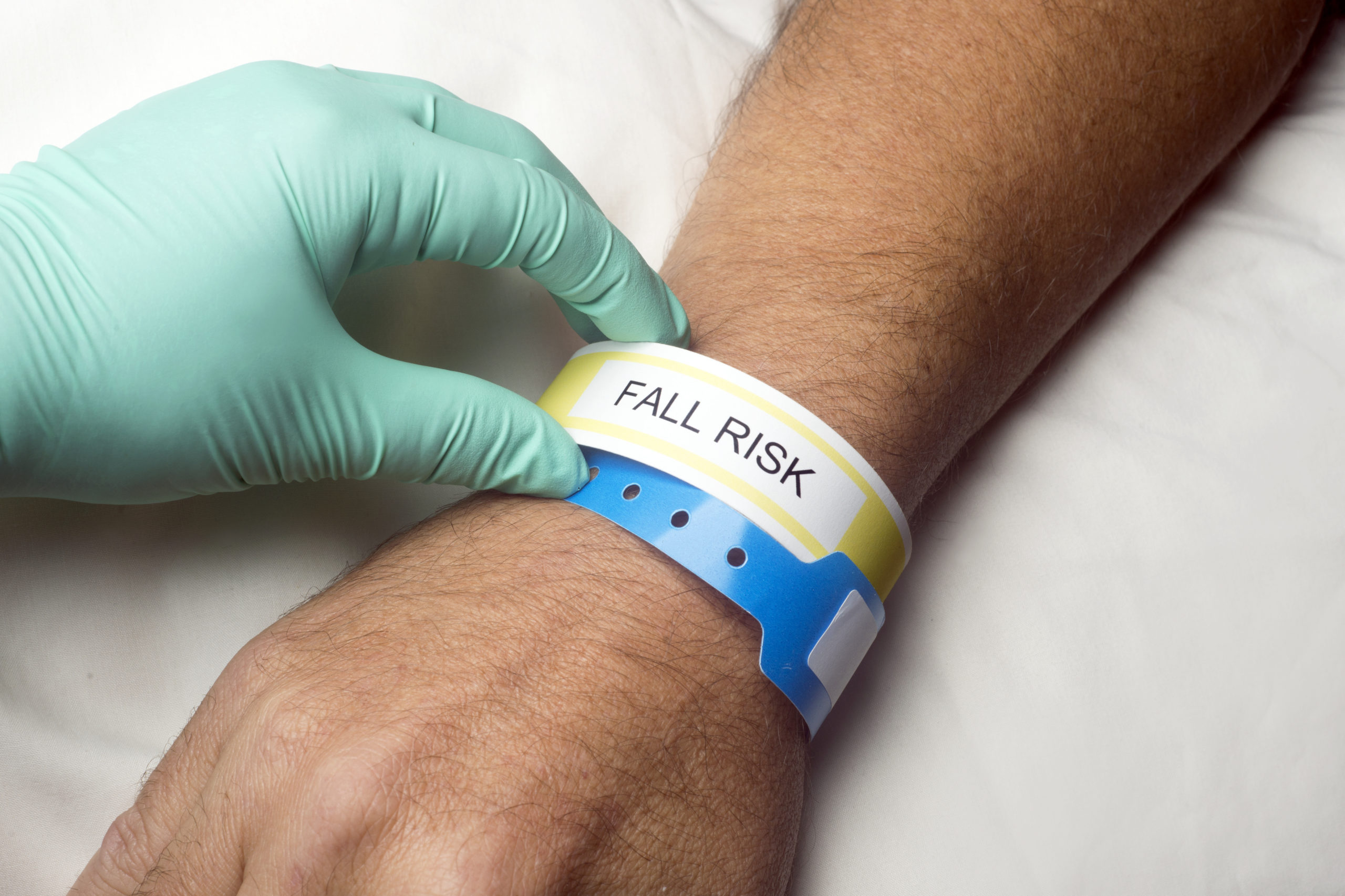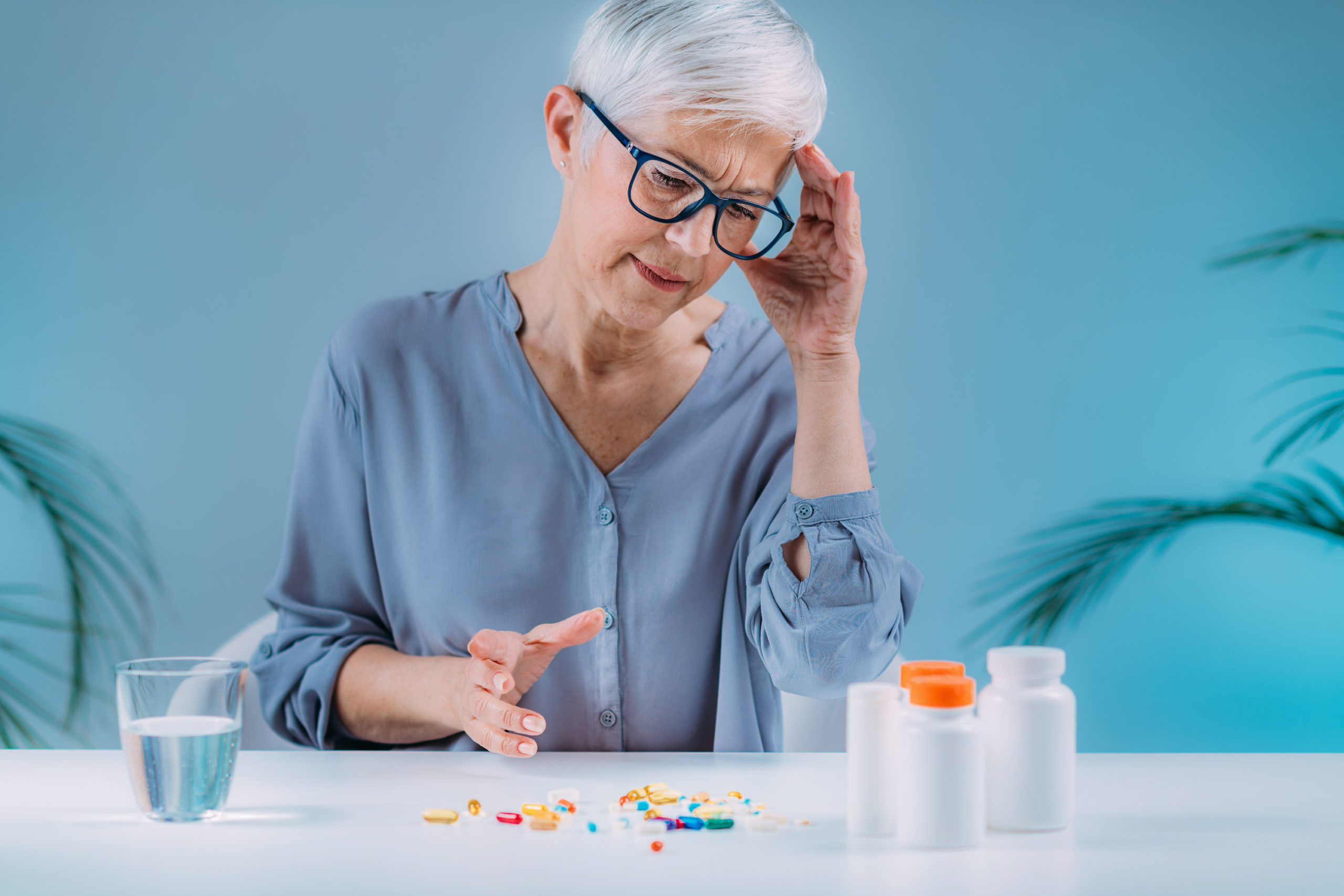Fall Risk Assessment
August 16th, 2022 by Millennium Physician GroupFIND OUT IF YOU’RE AT RISK FOR A FALL
Grab a chair and a stopwatch and take thirty seconds for a simple test that can help reduce your risk of falling. Falls are pretty common in adults 65 and older. In fact, the Centers for Disease Control and Prevention (CDC) and the American Geriatric Society recommend a yearly fall assessment screening for all adults 65 and older. Millennium Physician Group Internal Medicine Physician Bruce Lipschutz, DO, says the screening can help keep you on your feet and out of the hospital.“Falls are so dangerous because of the catastrophic medical and financial consequences,” he emphasizes. “Falls can affect you in many ways. Even if you break your finger, just a little finger can keep you awake at night, it can make you miserable. Not to mention, wrists or elbows, or even a shoulder. You can’t put your clothes on. You need help to eat. It’s just a very difficult problem.”
The World Health Organization reports that adults older than 60 suffer the greatest number of fatal falls. Preventing falls in the first place is important, and a simple test can provide valuable insight.
PULL UP A CHAIR FOR THIS QUICK AND SIMPLE HEALTH ASSESSMENT
The test’s purpose is to test leg strength and endurance. The only equipment you need is:- A chair with a straight back without armrests (seat 17” high)
- A stopwatch or timer.
“The thirty-second, sit-to-stand chair assessment,” explains Dr. Lipschutz. “In thirty seconds, how many times you can stand up and down, up and down, and there are some parameters of how many you should be able to do in particular age groups.”
A below-average score indicates a risk for falls.
Below Average Scores
| Age | Men | Women |
|---|---|---|
| 60-64 | >14 | >12 |
| 65-69 | >12 | >11 |
| 75-79 | >11 | >10 |
| 80-84 | >10 | >9 |
| 85-89 | >8 | >8 |
| 90-94 | >7 | >4 |
In the U.S., 20–30% of older people who fall suffer moderate to severe injuries including bruises, hip fractures, or head trauma.
“When an elderly person falls and breaks a hip or fractures it, there’s a statistic out there that 50% can die within a year,” he says. “It all depends on the generation of the person, their fitness, many variables. But, that can be the start of a decline for many years.”
Dr. Lipschutz recommends you talk to your primary-care provider if you have any doubts about how well you’re getting around. Together, you can work to identify the possible cause and possibly correct the issue.
“When we understand there’s a risk, we refer them to physical therapy and look for reasons they’re at risk,” he explains. “It could be a weak leg, a B12 deficiency, a thyroid dysfunction, some underlying cause.”
The CDC reports that more than one out of four older people falls each year, but less than half tell their doctor. The agency goes on to say that falling once doubles your chances of falling again.
“Side effects of these falls can last for, as I said, years,” admits Dr. Lipschutz. ”And one fall could lead to another medical complication, that leads to another medical complication, especially in the elderly, and it never leaves.”




